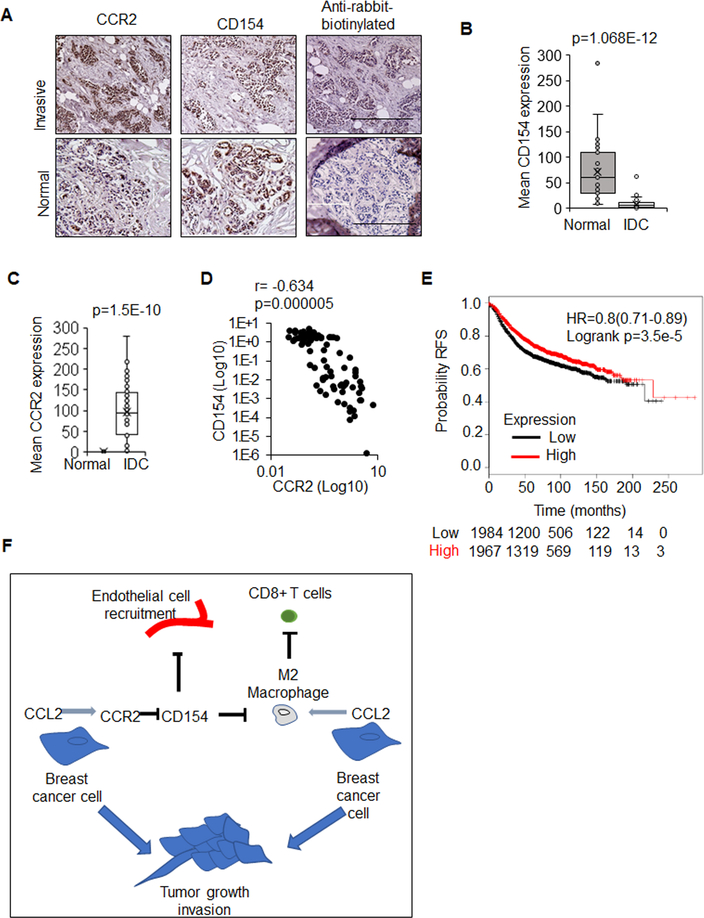Figure 8. CD154 inversely correlates with CCR2 expression and is a marker for good prognosis in invasive ductal carcinomas.
Normal breast (n=35) or IDC tissues (n=48) were immunostained for CCR2 or CD154. A. Representative images for normal, invasive, and control-stained tumors. B. CD154 and C. CCR2 expression was quantified by Image J and shown in bar-and-whisker plots. Whiskers indicate min and max values. Box indicates upper and lower quartile range. Line indicates median. D. Scatter plot of CCR2 and CD154 expression in patient samples; Spearman’s rho shown. E. CD154 (CD40LG 207892_at) was probed for expression in KM-Plotter in breast cancer for changes in relapse free survival (RFS). Statistical analysis was performed using Mann Whitney test (B,C), Spearman Test (D) or Log Rank test (E). HR=Hazard Ratio. Statistical significance was determined by p<0.05. F. Proposed model for how CC2L2/CCR2 modulation of the tumor microenvironment contributes to tumor growth and invasion: CCL2 derived from breast cancer cells promotes recruitment and polarization of macrophages. CCL2/CCR2 signaling suppresses CD154 expression in breast cancer cells to facilitate endothelial cell recruitment and angiogenesis. Suppression of CD154 also results in macrophage recruitment and polarization, which in turn inhibits cytotoxic T cell activity in breast tumors.

